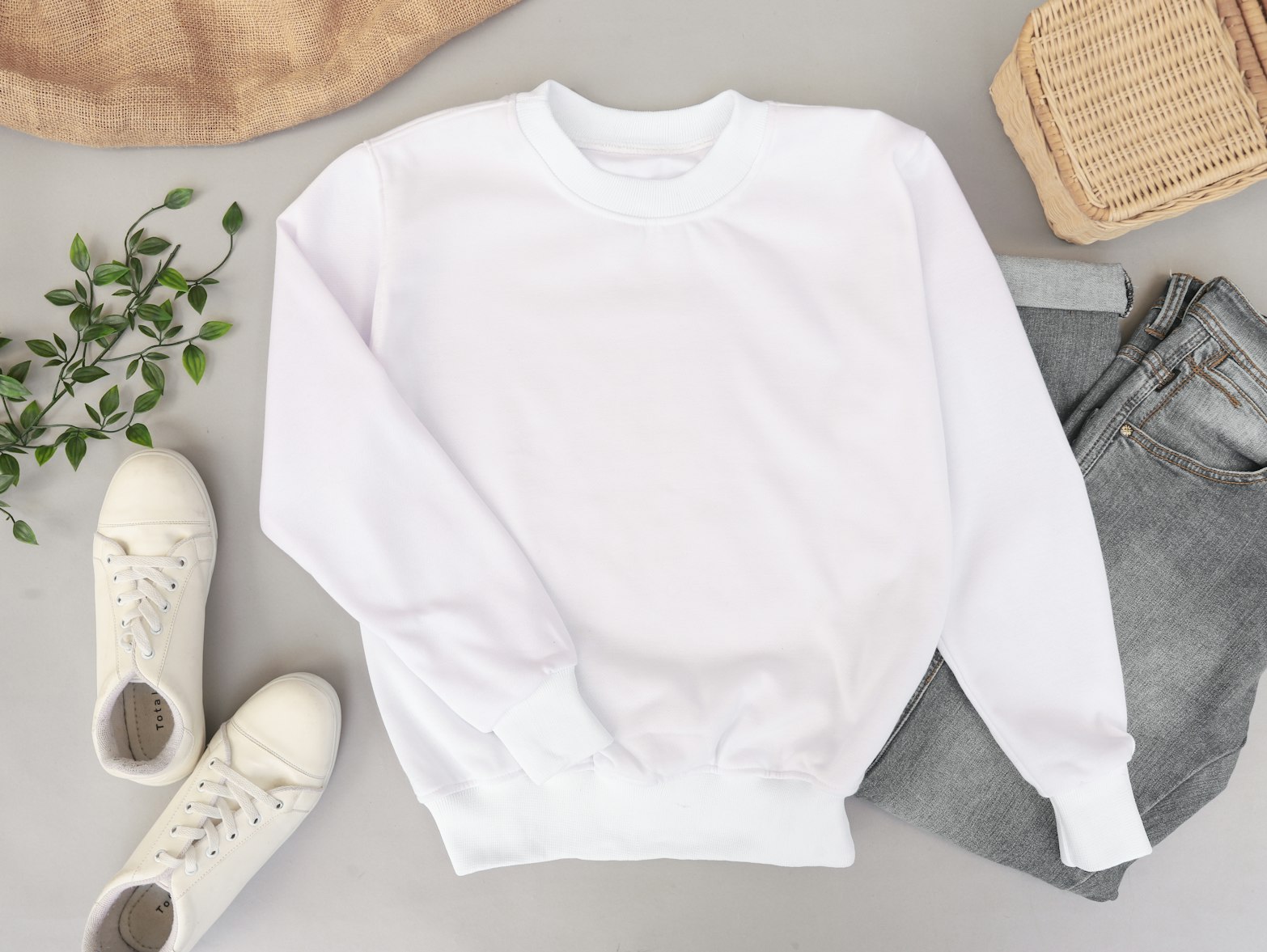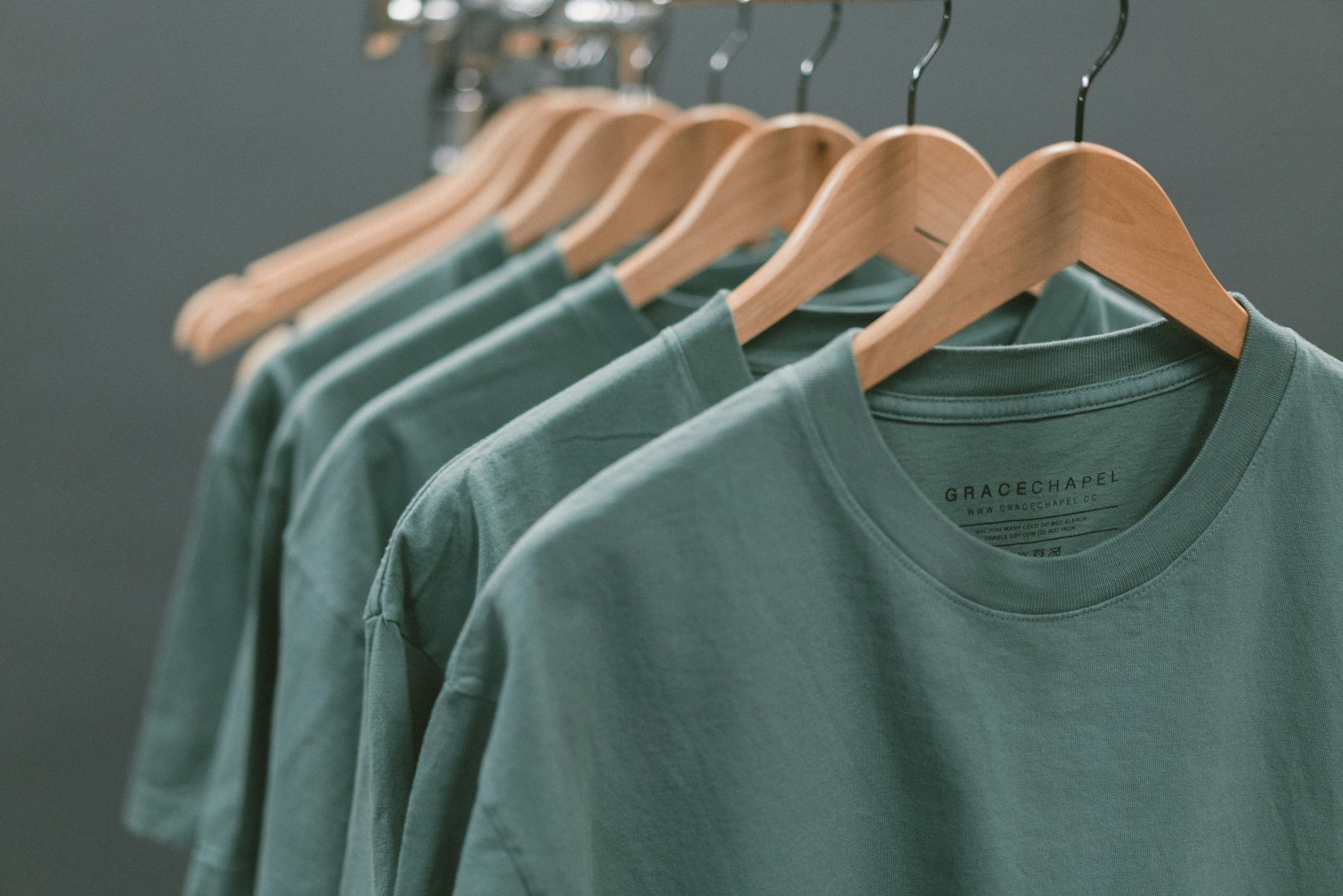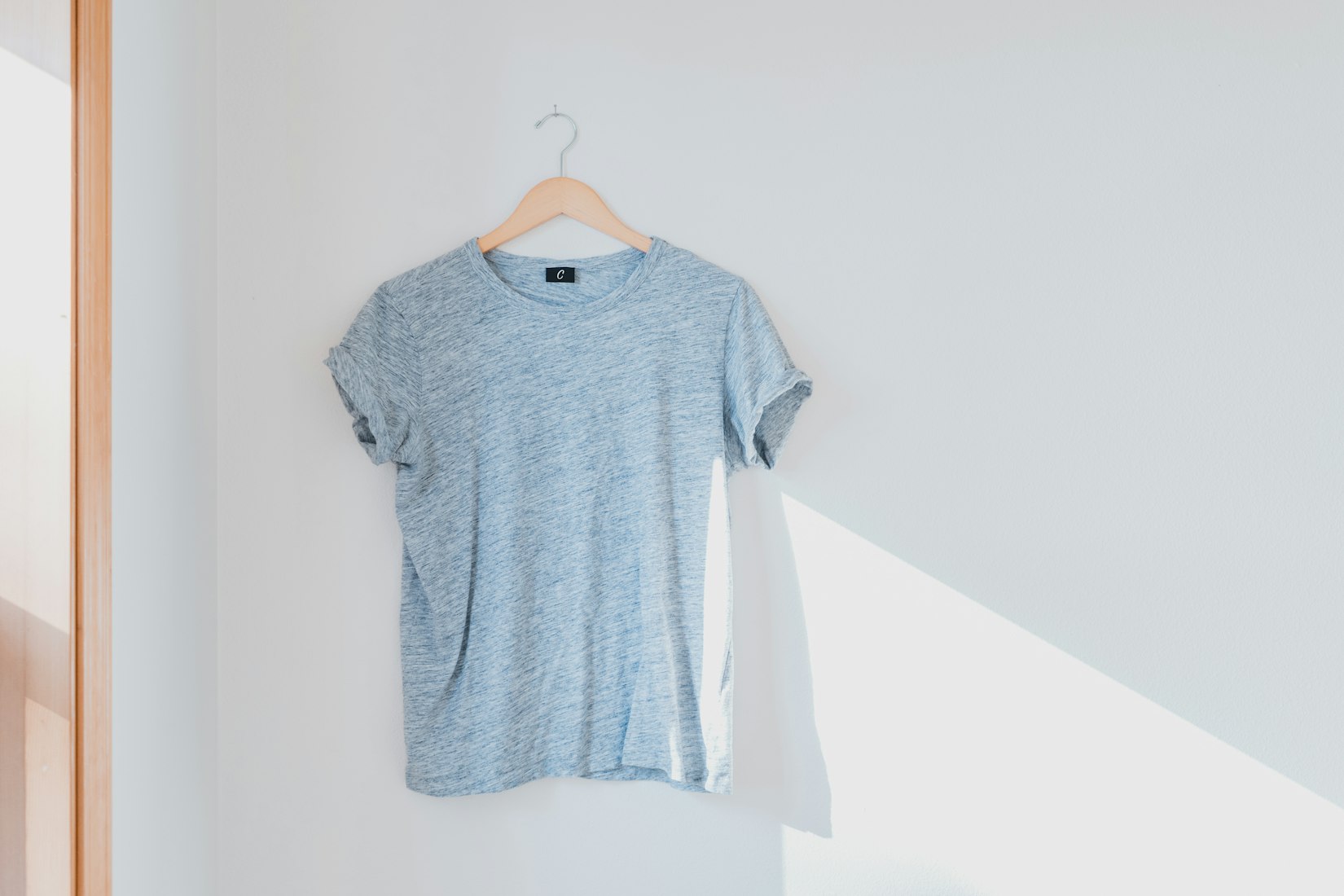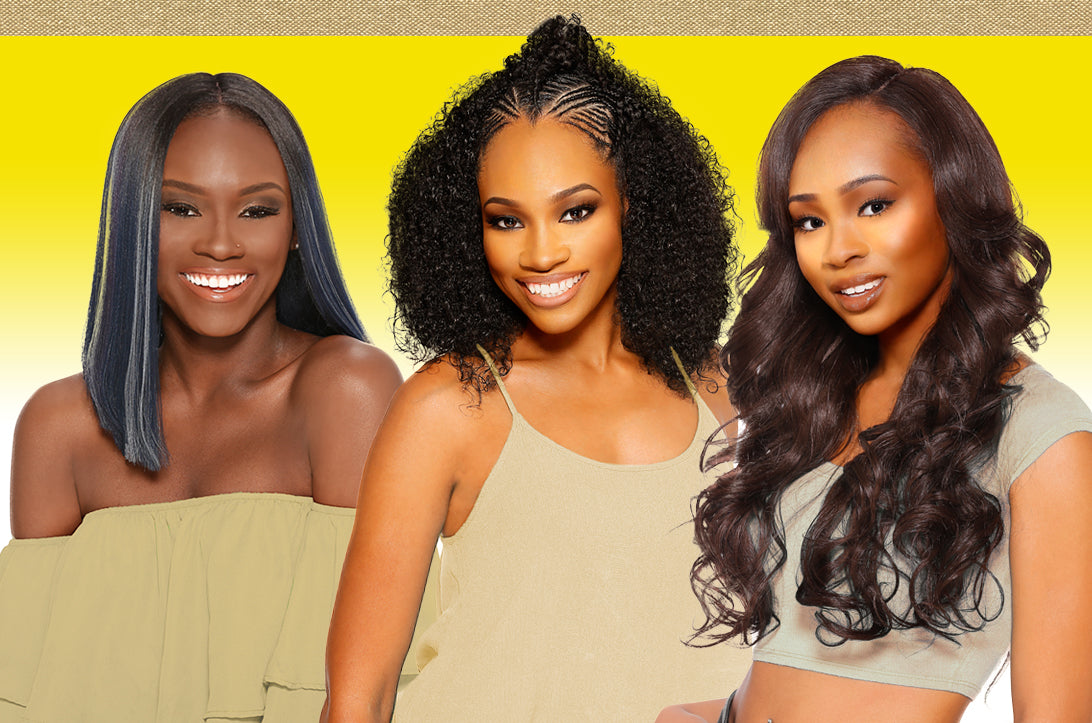How to Prevent Breakage from Braids and Other Protective Styles
Protective styles are exactly what they sound like – they’re styles that protect your hair. It keeps your hair tucked away and minimizes any impacts from nasty weather conditions. The intention is to avoid breakage. Unfortunately, if done incorrectly, these styles can still result in damage. How you put these styles in and take these styles out are critical to preventing breakage. In this blog, we’ll review how you can remove your protective styles without compromising their benefits.How to Prevent Breakage with a Protective Style
1. Avoid tension and strain on the hair (especially your edges!)
Protective styles pull on your hair and cause tension and strain. This will damage your hair over time as your follicles are stressed when the hair is pulled into place. To prevent this, avoid being too heavy-handed with tension or grip as you’re styling. If you’re used to having a headache days after doing your hair, this is a good indication that there’s too much tension and strain.One section of your hair that you should be especially careful about is your edges. This is the soft, short, fine, brittle hair at your hairline that often resists being tamed. When they’re pulled back too tightly, they can break easily. Avoid breakage by leaving your edge alone entirely.
Read 9 Easy Steps to Grow Back Your Thinning Edges if you’re already dealing with broken and damaged hair.
2. Prep your hair for your protective style
Properly preparing your hair is an essential part of preventing breakage. Because your strands are going to be tucked away for a while, you want to make sure your hair is in the best state possible. This means deep conditioning before you style it and potentially doing a protein treatment. Preparing your hair properly will also make your hairstyle last longer.Finally, taking down your protective style will be significantly easier if you’ve lightly coated it with Jamaican Black Castor Oil while braiding. It will keep moisture sealed in as you wear the style, and this moisture will ultimately result in less breakage.
3. Skip the extensions
Protective styles often favor adding some type of extension to the hair. Box braids, Marley twists, Senegalese twists, wigs, and sew-ins are all examples of protective styles that use extensions. Extensions may look pretty, but they can lead to split ends because of friction against your hair cuticle layer. This occurs regardless of whether you use real or synthetic hair. If you have the option, it may be best to skip the extensions.
4. Regularly shampoo and condition your hair
Dirt, grease, and product build up in your hair while it’s in a protective style. So, be sure to keep your scalp healthy by starting with a clean base before doing a protective hairstyle. Box braids and other protective hairstyles are also prone to becoming dry. Here are a great shampoo and conditioner to try.
5. Oil your hair and scalp regularly
Washing your hair every two weeks may seem like it works, but odds are your hair is parched! If you want your hair to be in the best possible condition and minimize breakage, then you should add moisture with hair oil once a week. This will ensure your hair and scalp are in prime condition.
6. Mix up your daily hairstyles
Everyone loves pulling their hair up – especially after a long day. Yet, if you’re rocking a protected style, you can damage your hair by consistently wearing it in a ponytail or other updo. This is because it constantly pulls even harder at the baby hairs and on your hairline. Over time, it can also cause your style to loosen at the roots, which means it won’t last as long. Mix up your hairstyles and limit wearing your hair up to only one or two times per week.
7. Wrap your hair at night
Wrapping your hair in a scarf at night is one of the easiest ways to care for a protective style. Select a silk scarf as it protects your hair from frizz, locks in moisture, and keeps your style in its best condition.
8. Don’t wear your protective style for longer than 2 weeks
It’s often tempting to put your hair into a protective style and then leave it. Unfortunately, this often causes dryness, tangling, and breakage. You should aim to switch up your protective style and allow your hair to breathe.
How to Prevent Breakage While Taking Down Your Protective Style
1. Gather the right tools
How you take out your style and what tools you need will ultimately depend on how it was done.
-
Without hair added: If you have braids, twists, and locs without hair added, then you’ll want to grab two types of combs before getting started: a rat-tail comb and a comb with medium-sized teeth. The skinny tip on the rat tail comb can help you unravel the ends of the braid without excess tugging. Just don’t attempt to come through your hair with the fine teeth on the head of the tool. After you’ve gotten most of the braid out, you can use the medium-sized tooth comb to further unravel and comb through your hair.
- With hair added: Consider cutting the ends of your hand if you added hair to your braids or twists. This will help speed up the process of taking down your protective style. To be sure you don’t cut your own hair accidentally, cut at least two to three inches below where your hair stops. If you’re unsure of where your hair stops and the added hair begins, then skip this step. It’s better to be patient and just come out the ends until you get to the root!
If you don’t have a comb, don’t worry! It isn’t impossible to take down your hair. In fact, some hairstylists actually prefer taking down protective styles with their fingers. It’s ultimately up to you but between your fingers, a rat-tail comb, and a medium-sized comb, you’ll be able to get your protective style out gently.
2. Dampen and detangle the hair
Dampening your hair to keep it moist is a good way to keep both the tangles and the damage at a minimum while you’re taking your hair down. A good product to use is a leave-in conditioner or a mixture of water and a regular conditioner in a spray bottle. Your hair will be delicate and has the potential to break easily as it’s in its most delicate state when wet. Generously coat and massage conditioner into the braids and then go slowly.
Don’t worry if you seem to be shedding quite a bit. Remember, your hair hasn’t been out of the protective style for a while. It is natural to lose some hair during this process.
3. Loosen locs carefully
Locs aren’t nearly as easy to remove as braids or other protective hairstyles. While it can be done, some individuals choose to cut their locs rather than taking the time to comb them out because it can take days. If you want to comb out your locs to keep the length, be prepared for the time commitment. It can be done, but it will be difficult. If you’ve had your locs for years, consider seeing a professional to minimize the breakage and damage on your hair.
4. Practice after-care
Regardless of how careful and gentle you are while taking down your protective style, you’re guaranteed to have some sort of damage to your curl pattern once you’ve taken the style out. Often, this will look like frizz and temporary curl disruption. Practicing after-care can help get you through this period and get your curls back to normal.
After taking out your protective style, use a clarifying shampoo and a deep conditioning treatment. This will help you get a good start in restoring your natural hair.
5. Avoid getting the same style repeatedly
You may love one particular protective style more than all the rest but resist the urge to get it repeatedly. Switching up how you style your hair prevents you from having repeated tension and pressure on the same parts of your hair. Often, people take down their protective style and see that various sections of their hair grow “faster” than others. More often than not this is because they repeatedly style their hair the same way, and it may be pulling on certain sections or causing breakage/damage in others.
Final thoughts
Remember, you’re putting your hair into braids or another protective style in order to protect it and keep it strong, breakage-free, and growing. (Read more on Protective Styling: Why You Should Wear Protective Styles) The best time way to do this is by being mindful of what causes breakage as you do a protective style and by taking the style out slowly and carefully. If you don’t think you’ll have enough time to take your protective style out in one sitting, wait until you do. Rushing through it will ultimately damage your hair and set you back on your healthy hair journey.
Interested in reading more about protective styles? Check out Everything You Need to Know About Protective Styles for Natural Hair.
WRITE FOR US
Think you've got a fresh perspective that will challenge our readers to engage and educate themselves on how to attain a healthier self, hair and skin included? We're always looking for authors who can deliver quality articles and blog posts. Thousands of men and women will read your work, and you will level up in the process.



 English
English Arab
Arab







Hi, I am a writer who is always looking to compose meaningful content. I will love to explore health related topics to share as well as daily living hacks to improve quality of life.